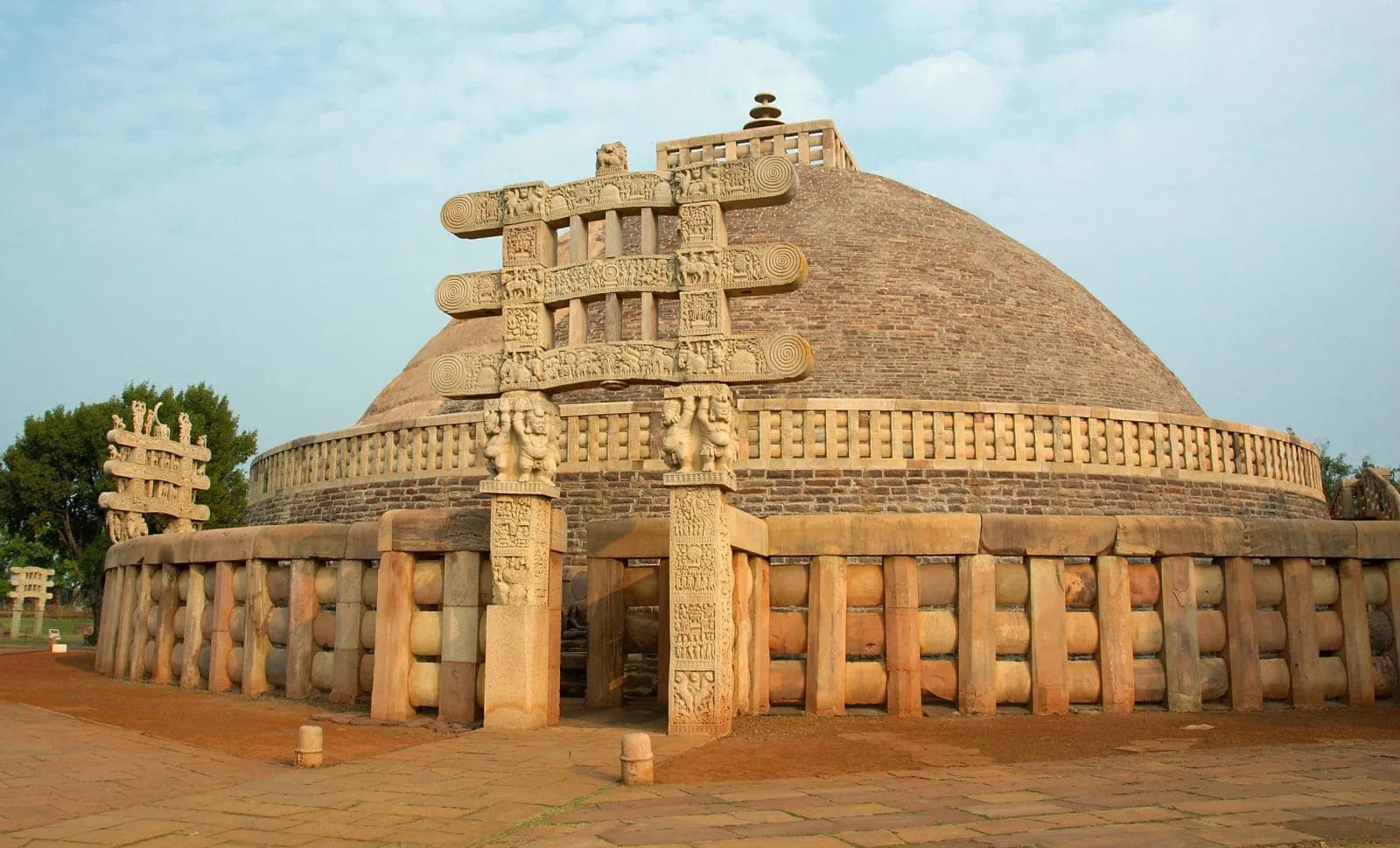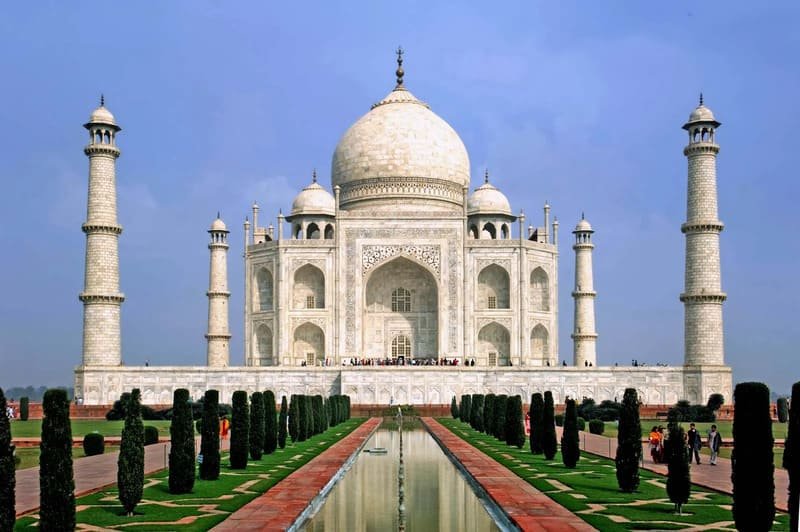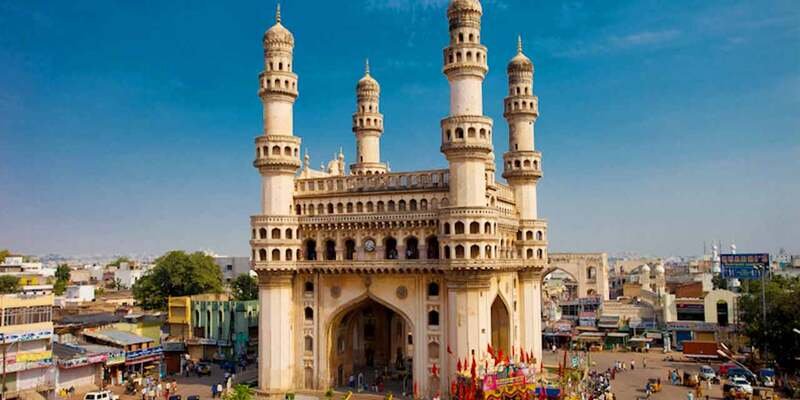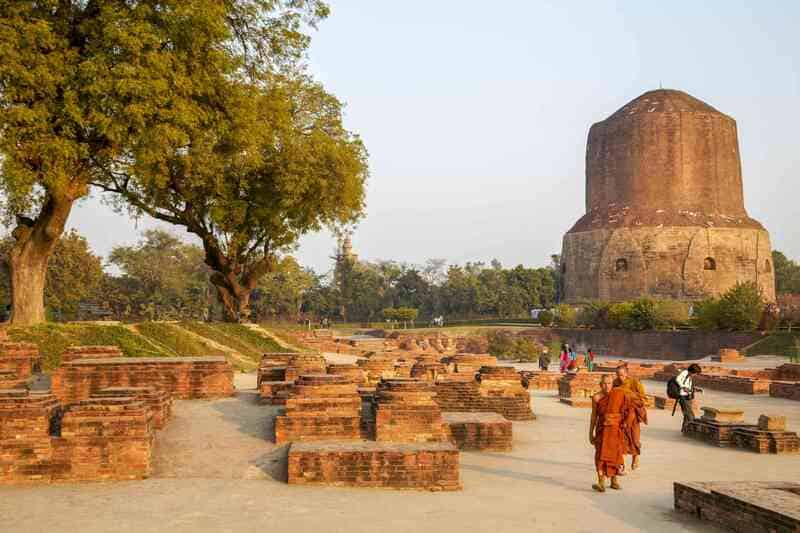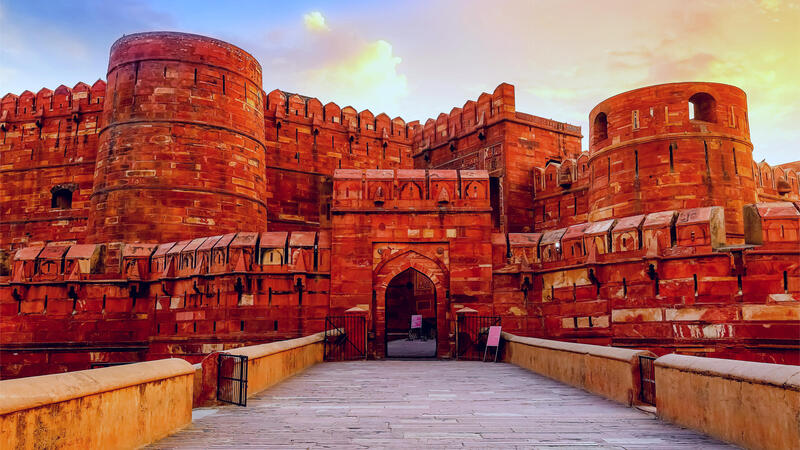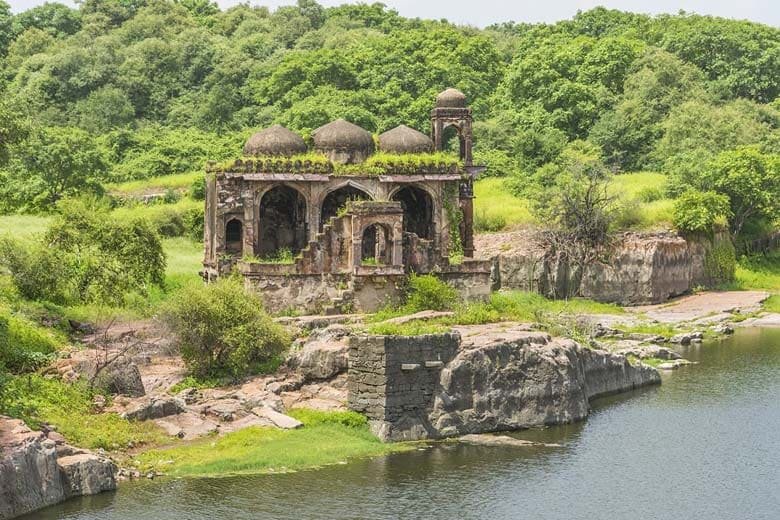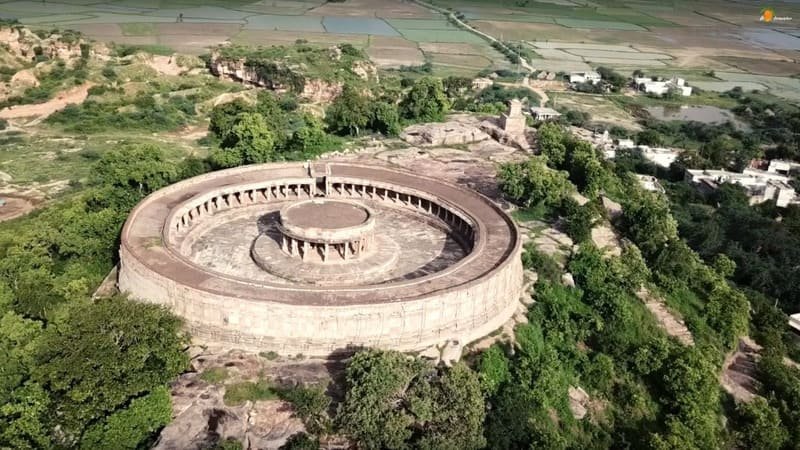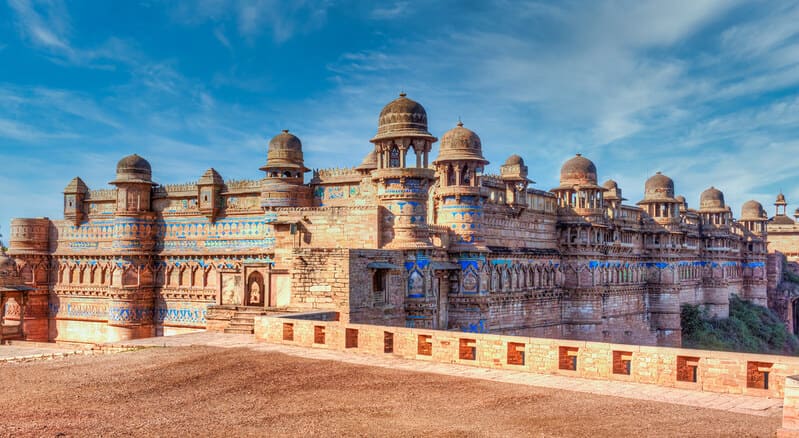
Gwalior Fort, Madhya Pradesh.
Gwalior Fort, Near Gwalior Railway Station, Gwalior, Madhya Pradesh 474008, India..
Gwalior Fort is an imposing fortress located in the city of Gwalior, in the Indian state of Madhya Pradesh. The fort has a rich history dating back to the 8th century, and has been ruled by various dynasties over the centuries, including the Tomars, Mughals, and Scindias. Today, Gwalior Fort is a popular tourist destination, known for its stunning architecture, intricate carvings, and fascinating history.
History
Gwalior Fort was originally built in the 8th century by the Rajput king Suraj Sen. However, the current fort was constructed by the Tomar dynasty in the 15th century. The fort was later conquered by the Mughals in the 16th century, and was ruled by them for nearly two centuries. During the Mughal period, Gwalior Fort was used as a royal palace and as a military stronghold.
In the 18th century, the Scindia dynasty took control of Gwalior Fort, and continued to use it as a royal palace and military fortress. The Scindias made several additions to the fort, including the famous Jai Vilas Palace, which was constructed in the 19th century.
Architecture
Gwalior Fort is known for its impressive architecture, which blends elements of Rajput, Mughal, and European styles. The fort is spread over an area of 3 square kilometers, and is surrounded by high walls and towers. The fort is accessed through several gates, including the Hathi Pol (Elephant Gate), which features intricate carvings of elephants.
One of the main attractions of Gwalior Fort is the Man Mandir Palace, which was built by the Tomar king Man Singh in the 15th century. The palace is known for its stunning architecture, which features intricate carvings and colorful tiles. The palace also features a series of underground chambers and passages, which were used for various purposes, including as a prison.
Another popular attraction of Gwalior Fort is the Sas Bahu Temple, which was built in the 11th century. The temple is known for its intricate carvings and stunning architecture, and is dedicated to the Hindu goddess Vishnu.
In addition to these attractions, Gwalior Fort is also home to several other temples and palaces, including the Teli Ka Mandir, the Jahangir Mahal, and the Jai Vilas Palace.
Culture and Heritage
Gwalior Fort has played an important role in the cultural and historical heritage of Madhya Pradesh. The fort is a symbol of the region's rich history and architectural legacy, and has been a witness to many important events over the centuries.
One of the most important cultural events associated with Gwalior Fort is the Tansen Music Festival, which is held annually in December. The festival is named after Tansen, a famous musician who served in the court of Emperor Akbar. The festival features performances by some of the most renowned classical musicians in India, and is attended by music lovers from around the world.
Gwalior Fort has also been recognized as a UNESCO World Heritage Site, in recognition of its cultural and historical significance. The fort is an important symbol of the architectural and artistic heritage of India, and serves as a testament to the country's rich history and cultural diversity.
Visiting Gwalior Fort
Gwalior Fort is a popular tourist destination, and is visited by thousands of people every year. The fort is open to visitors from 9 am to 5 pm every day, and visitors are advised to set aside at least 2-3 hours to explore the complex.
The fort can be reached by road or by train, and is located approximately 8 km from the Gwalior railway
Visiting Gwalior Fort can be a memorable experience for anyone interested in history, architecture, and culture. Here are some tips to help make your visit to Gwalior Fort more enjoyable:
-
Plan your visit: Gwalior Fort is a large complex with many attractions, so it's a good idea to plan your visit in advance. Decide which attractions you want to see and how much time you want to spend at the fort.
-
Wear comfortable shoes: The fort is spread over a large area and involves a lot of walking, so it's important to wear comfortable shoes.
-
Carry water and snacks: There are no restaurants or food stalls inside the fort, so it's a good idea to carry water and some snacks with you.
-
Hire a guide: Hiring a guide can help you better understand the history and significance of the various attractions at the fort. Guides are available at the entrance of the fort and can be hired for a fee.
-
Visit during the Tansen Music Festival: If you're a music lover, consider visiting Gwalior Fort during the Tansen Music Festival, which is held annually in December. The festival features performances by some of the most renowned classical musicians in India, and is a unique cultural experience.
-
Visit at sunset: The fort looks particularly stunning at sunset, so try to time your visit accordingly.
-
Respect the culture and heritage: Gwalior Fort is an important cultural and historical site, so it's important to respect the culture and heritage of the place. Avoid littering, and be mindful of the rules and regulations at the fort.
